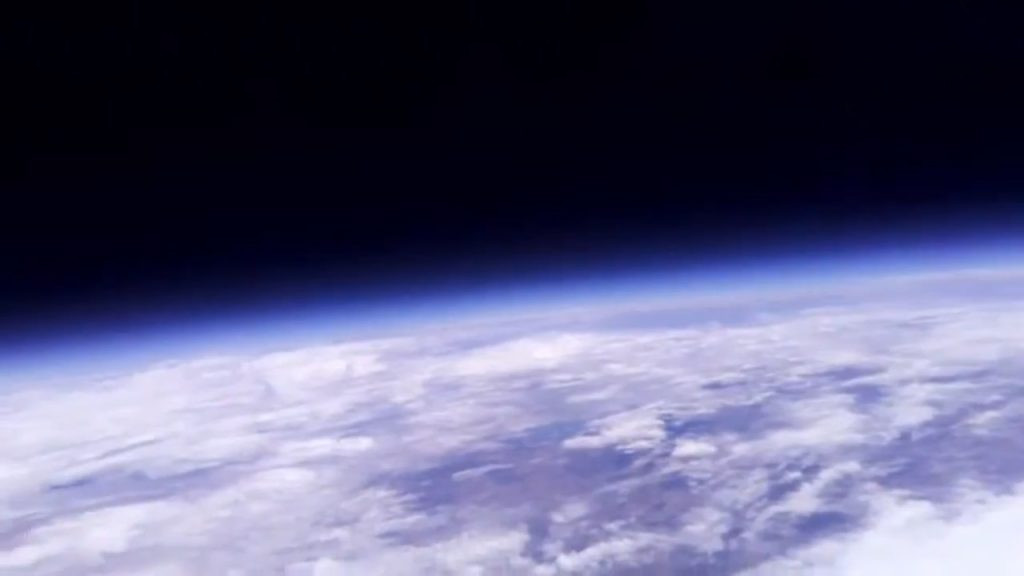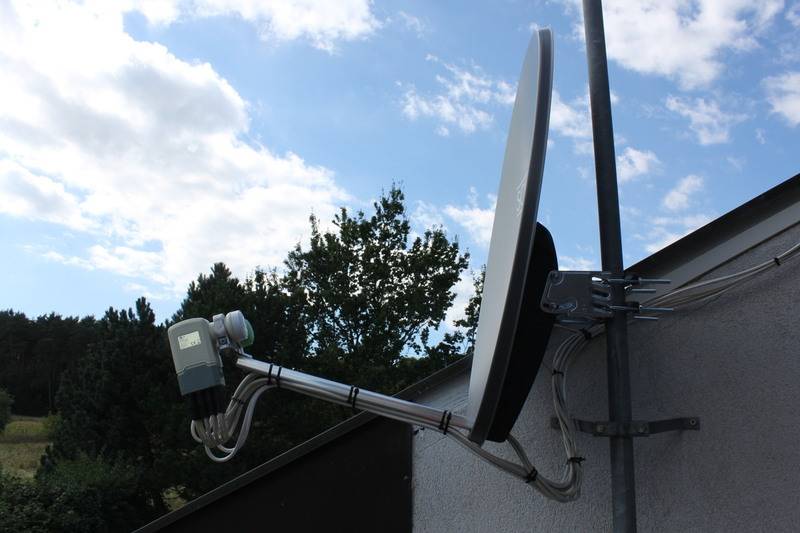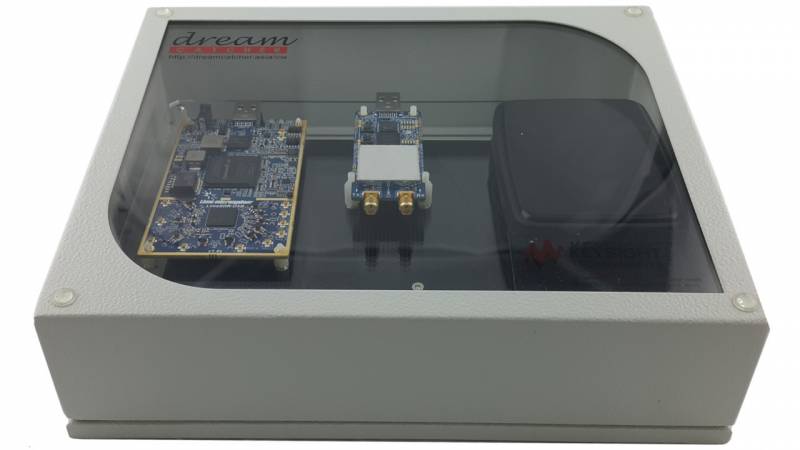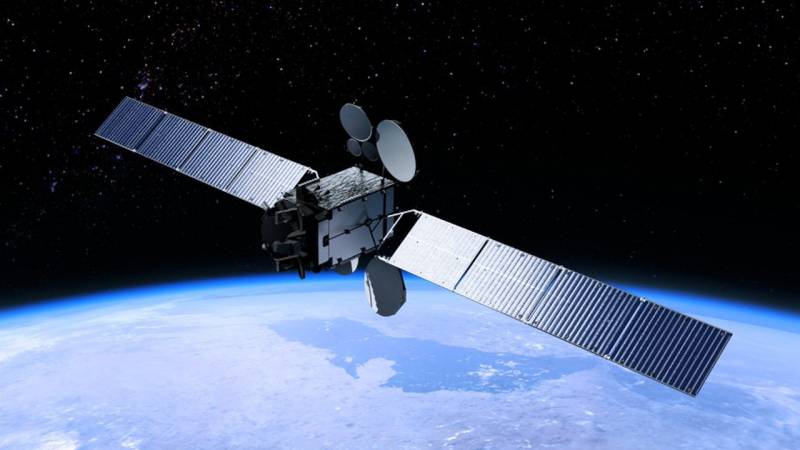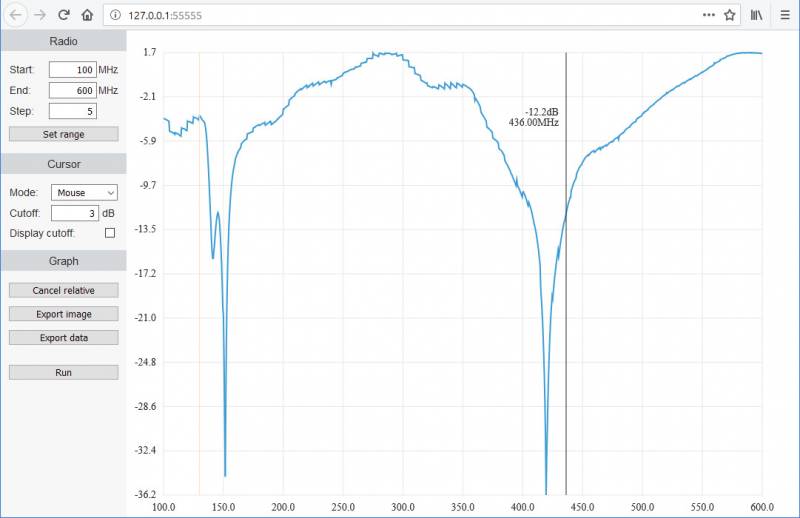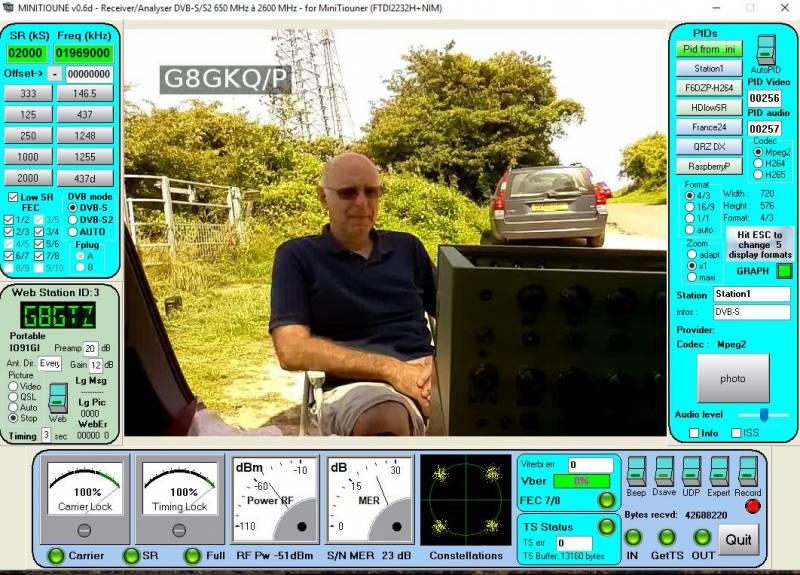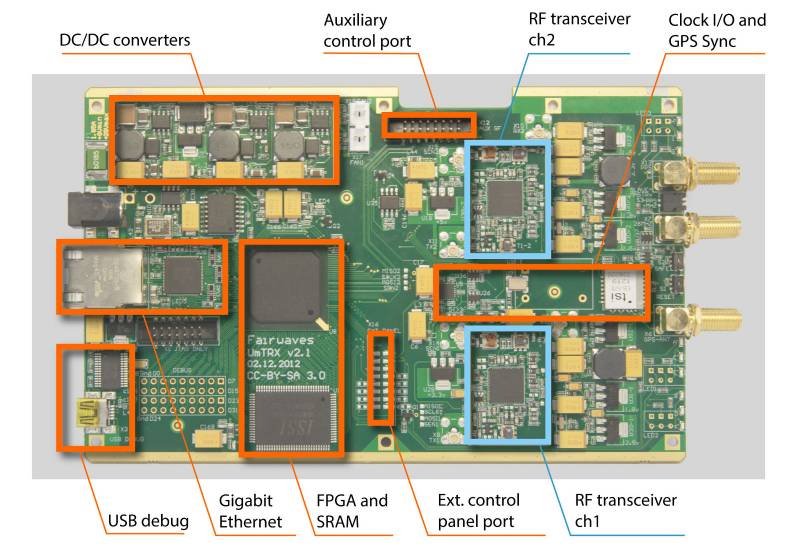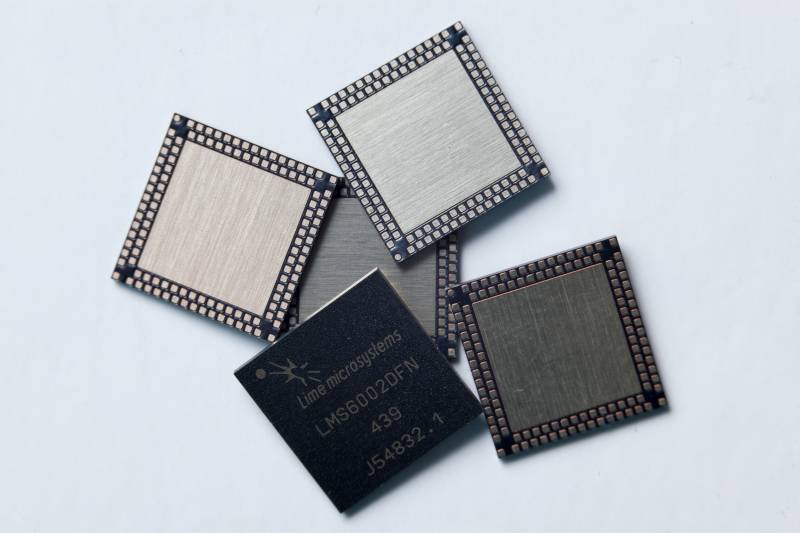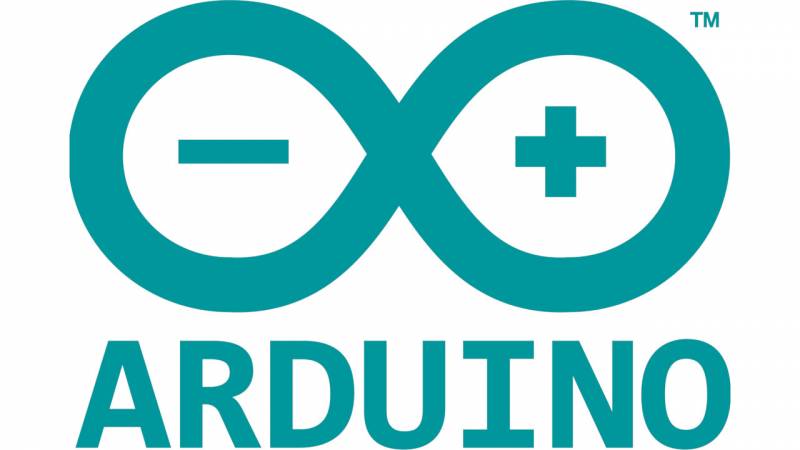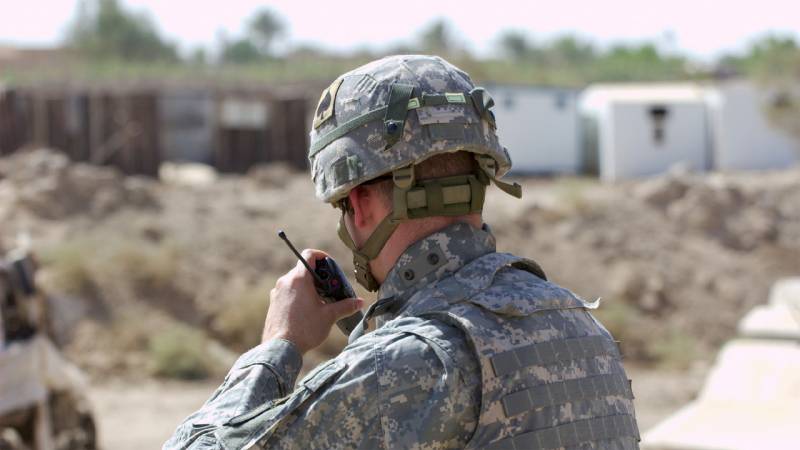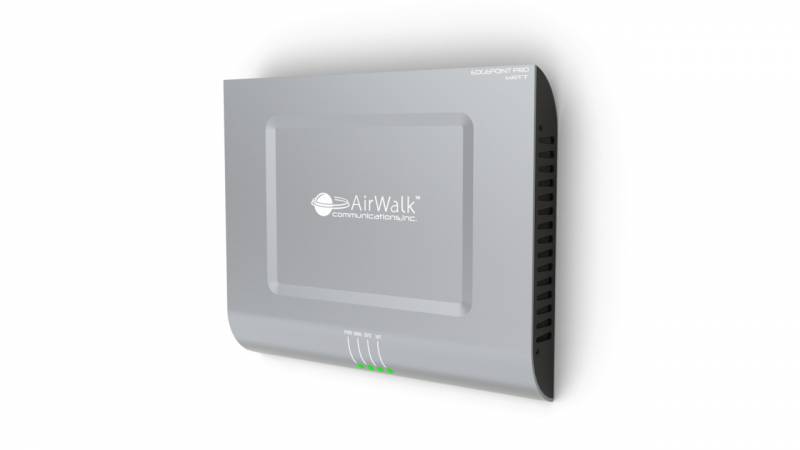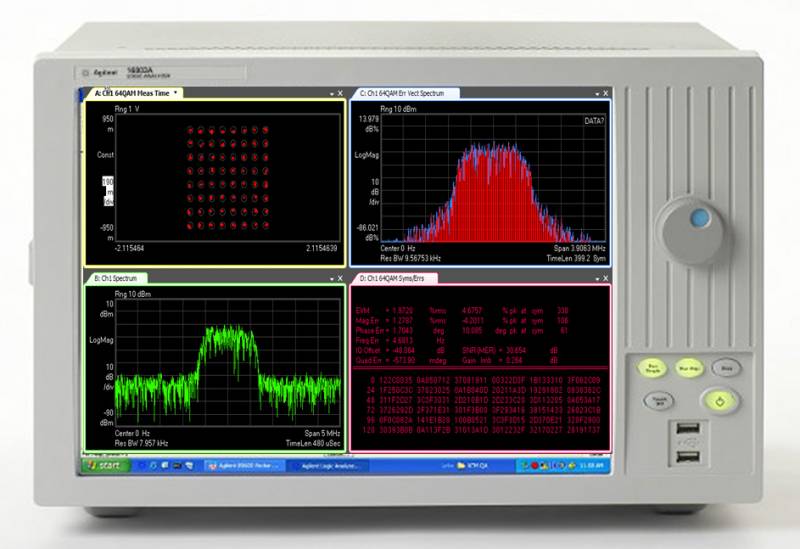High-altitude ballooning effort Project Horus, a project launched in 2010 by the Amateur Radio Experimenters Group (AREG) of Adelaide, South Australia, has achieve the milestone of transmitting live digital video from the edge of space – using a Lime Microsystems LMS7002M-powered LimeSDR Mini software-defined radio.
“Horus 55 was the culmination of something that had been discussed for many years within the Project Horus team — live video from a high-altitude balloon,” the AREG team responsible for the project explains. “The technical challenges in doing this are many, from designing a transmitter system that provides enough signal without melting in the thin atmosphere at high altitudes, to building a high performance receive system that can capture that signal, and then upload it to the internet for everyone to enjoy.”
While Project Horus has been underway since 2010, it’s only in the last year or so that the payload for live video transmission was finalised. The team behind the project settled on the LimeSDR Mini, a popular choice for aerial projects owing to its light weight and compact size, connected to a Raspberry Pi Zero W single-board computer.
“We [needed] to generate this signal somehow, and the decision was kind of made for me,” Project Horus’ Mark Jessop explains of the latest payload design, “when a co-worker said ‘here, play with this,’ and handed me a LimeSDR Mini software-defined radio. It’s a very interesting bit of kit.
“It’s pretty neat. One of the really cool tricks about this is there’s the software-defined transceiver and a big FPGA behind it. So what I’m actually doing here is instead of spending lots of CPU cycles taking my video and converting it to samples to send out to the transmitter I’m just producing symbols [and] the FPGA is converting those to samples, so I’ve managed to offload a bunch of computational load onto the FPGA.”
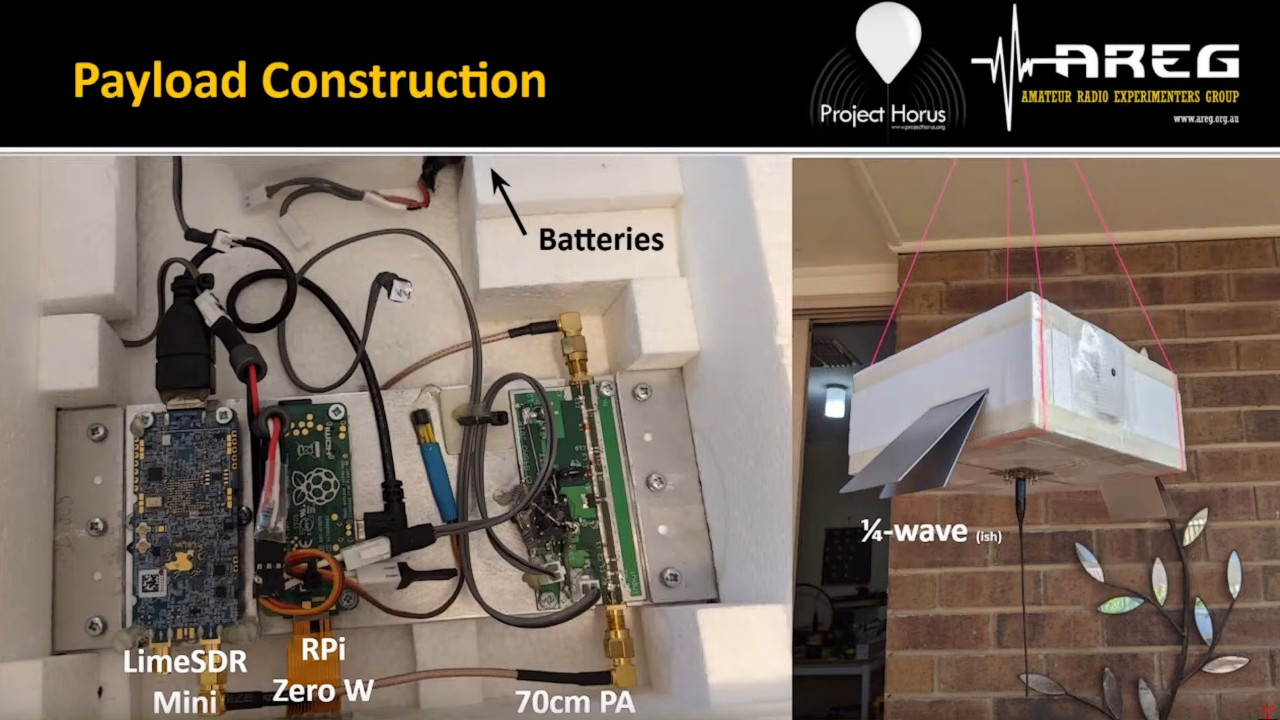
“Overall, this is what the payload looks like,” Jessop continues. “We’ve got our camera that’s feeding raw video into the Raspberry Pi Zero, which is doing the video compression and producing the QPSK symbols; they get transferred to the LimeSDR Mini via USB; that produces RF of 70 centimetres [at] about 10 milliwatts; which is amplified [with] a bit of a low-pass filter to avoid harmonics; and out [of] the antenna we get about 800 milliwatts.”
The Raspberry Pi runs a modified version of Evariste Courjaud’s dvbsdr, which allows for Digital Video Broadcasting – Satellite (DVB-S) signals to be generated on Arm-based single-board computers from video files or live camera feeds and sent to a LimeSDR for transmission. Thanks to the overall low power draw, the entire payload was able to run from eight lithium AA battery cells – including additional radio hardware for a LoRaWAN gateway, flight control, and tracking systems.
“With the huge success of this flight, the team plans to follow this up with more video flights in the future,” AREG confirms of the LimeSDR-based payload. “There are many lessons to be learnt from this flight, and many improvements that can be made to both the payload, the ground-station, and the live-streaming systems. Viewers can look forward to higher quality video, more running commentary, and hopefully live video from the chase-cars as they recover the payloads.”
More information on Project Horus, including video of the flight, is available on the AREG website; more details on the open-source LimeSDR family of software-defined radio boards can be found here on the Lime Micro website.
